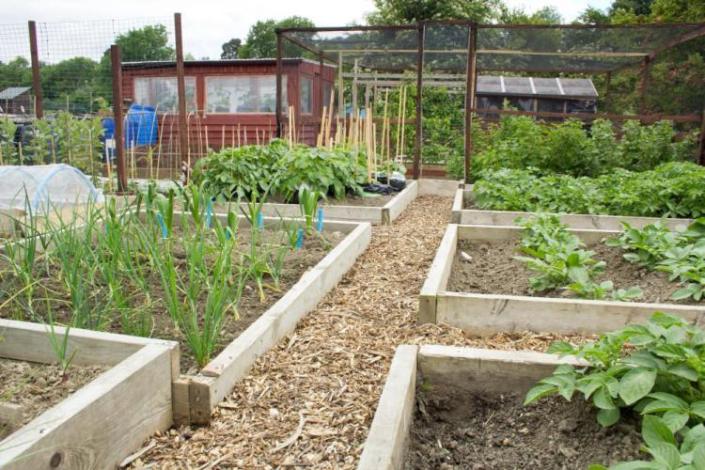EU about Urban And Peri-Urban Agriculture

Urban and peri-urban agriculture has been defined as the cultivation of crops and rearing of animals for food and other uses within and surrounding the boundaries of cities, including fisheries and forestry. It comprehends a multifunctional of food production activities, as well as herbs, medicinal and ornamental plants for both home consumption and for the market. It contributes to fresh food availability of the urban dwellers, as well as to the greening of the cities and the productive reuse of urban waste. In developed countries, urban and peri-urban agriculture is recognized for this provision of local food, as well as recreational, educational and social services. In developing countries, urban and peri-urban agriculture provides income and employment and contributes to local economic development, poverty alleviation and the social inclusion of the urban poor and women. This type of agriculture mostly remains an informal sector that is not well integrated into agricultural policies or urban planning. From the perspective of the European Union policies, we will mention the Common Agricultural Policy (CAP). The CAP 2007-2013 supported several projects on peri-urban agriculture by the LEADER approach (community-led local development method for mobilising and developing rural communities through local public-private partnerships). Regarding the CAP 2014-2020, its measures are applicable to all farmers, including those located in urban and peri-urban areas, who fulfil the eligibility criteria (written question E-002381-14, 12 May 2014).
This EPRS keysource presents a selection of information sources on urban and peri-urbanagriculture, inboth developedand developingcountries. See also the keysource on From urban-rural linkages to urban-rural relationships in the EU (February 2014).
more info: LINK
.